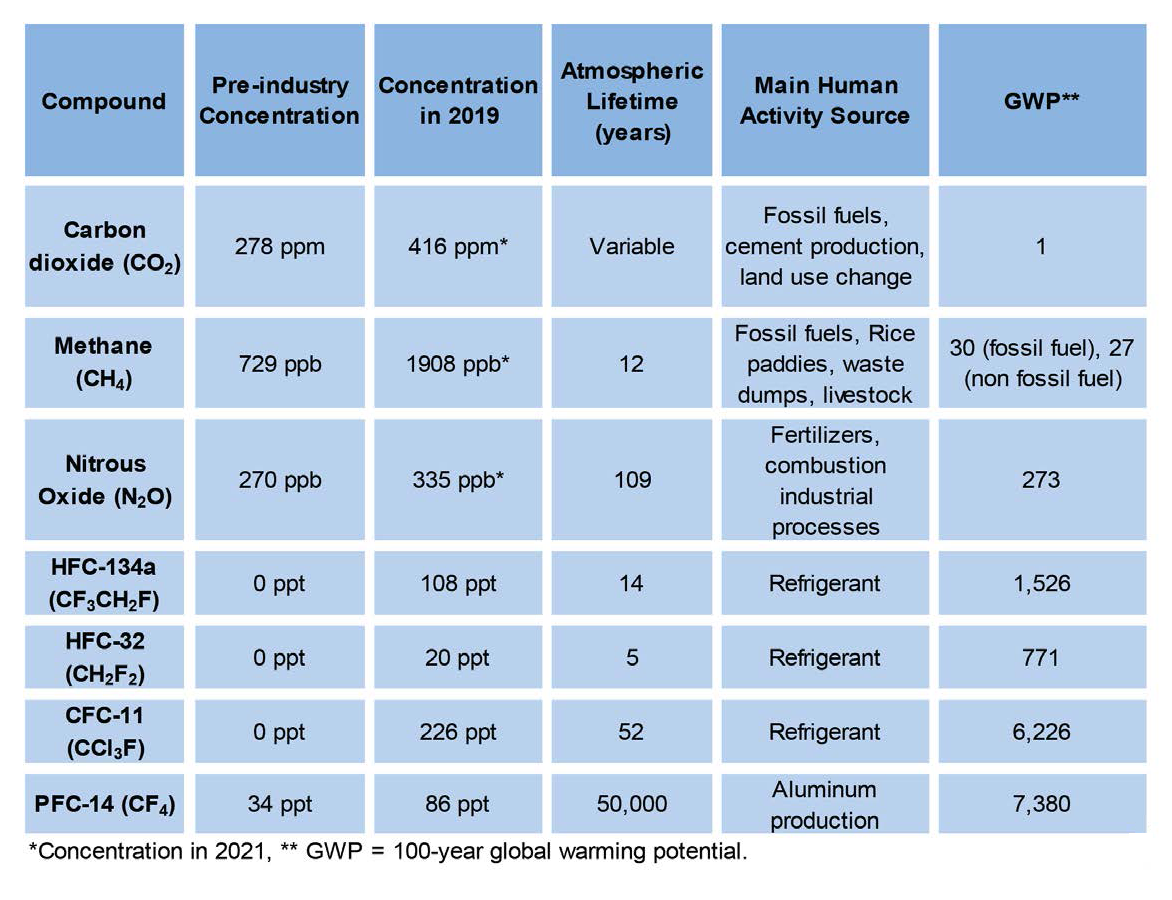Ocean Worlds and Earth
The origin and context of water on Earth’s surface is instrumental in shaping Earth’s ability to host life. As such, studying other planets as well as Earth’s past to better understand the factors leading to water is imperative.
How did we get water on Earth’s surface?
4.54 billion years ago, Earth was born from materials leftover after the formation of the sun. 4.4 billion years ago, Earth’s core had formed and a crust had begun to form around it. The atmosphere began to form from elements outgassed from Earth’s interior but trapped in Earth’s gravitational pull.
Early Earth’s atmosphere impacted the formation and stability of oceans: The temperature of Earth’s surface, combined with gravity, resulted in the development of an atmosphere that included greenhouse gases. Greenhouse gases absorb radiation from Earth’s surface, creating a habitable planet, and a planet that is the right temperature to host liquid (and solid, and gaseous) water.

The greenhouse effect was first described in the 1820s, and
GHGs and sources (e.g., burning coal) responsible for
amplifying this effect were identified later in the
1800s.
Image credit:
Center for Sustainable Systems, University of Michigan.
2023. "Greenhouse Gases Factsheet." Pub. No. CSS05-21.
It is thought that the elements required for water come from asteroid and comet collisions with Earth. Chemical markers in the water of our oceans indicate it is likely asteroids contributed up to 30% of the total mass of water in Earth’s ocean, and that in fact, enstatite chondrite meteorites in particular had enough hydrogen to supply 3x the amount of water found on Earth today.
Another theory states that 4.51 billion years ago, a Mars-sized planet called “Theia” collided with Earth, melting some of Earth’s mantle, creating the moon, and possibly bringing water. Still more theories indicate that Earth may have made its own water, and demonstrate via modeling that molecular hydrogen, like that found surrounding baby exoplanets, could interact with magma oceans to form water.
But they’re so far away! What Ocean Worlds Tell Us About Our Planet
Extraterrestrial life has been an area of fascination for humans for a long time, and is even referenced by early Epicurean philosophers like Democritus and Epicurus. Nicholas of Cusa, in the 15th century, adopted the idea of the potentiality for extraterrestrial life and defended it with vigor.
Water is one of the three ingredients required for the life we know about (along with energy and organic molecules). Oceans – and water more generally – on other planets give us indication as to whether these planets could support life. Habitability of ocean worlds is also influenced by thickness of outer ice, ocean composition, internal heat sources, circulation, and other geological and chemical processes.
Other worlds that have habitats with water and subsequently, potential conditions for supporting life, can give us insight not only into the conditions under which life can survive and thrive, but also how life came to be on our own planet. All of this information together allows us to understand the habitability of our own planet in the past, present, and future!